Occupation Illustrator, writer Role Cartoonist Name William Steig | Period 1930–2003 Nationality American | |
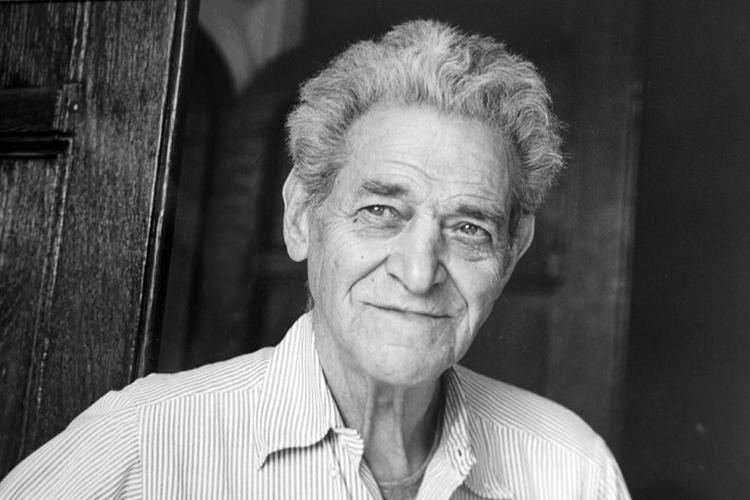 | ||
Born November 14, 1907Brooklyn, New York, USA ( 1907-11-14 ) Genre Cartoons, Children's picture books Notable works Sylvester and the Magic PebbleDoctor DeSotoShrek! Notable awards Caldecott Medal1970National Book Award1983CINE Golden Eagle1984 Movies Shrek, Shrek 2, Shrek the Third, Abel's Island, Shrek 4-D Spouse Jeanne Doron (m. 1968–2003) Children Jeremy Steig, Lucinda Steig, Margit Laura Steig Books Shrek!, Sylvester and the Magic Pe, Doctor De Soto, Amos & Boris, Abel's Island Similar People Andrew Adamson, Vicky Jenson, Joe Stillman, Ted Elliott, Jeremy Steig | ||
William steig biography
William Steig (November 14, 1907 – October 3, 2003) was an American cartoonist, sculptor, and, late in life, an illustrator and writer of children's books. Best known for the picture books Sylvester and the Magic Pebble, Abel's Island, and Doctor De Soto, he was also the creator of Shrek!, which inspired the film series of the same name. He was the U.S. nominee for both of the biennial, international Hans Christian Andersen Awards, as a children's book illustrator in 1982 and a writer in 1988.
Contents
- William steig biography
- Nicholas hoare reviews cats dogs men women ninnies and clowns by william steig
- Early life
- Career
- Personal life
- Works
- References
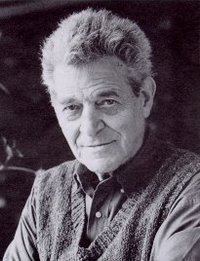
Nicholas hoare reviews cats dogs men women ninnies and clowns by william steig
Early life

Steig was born in Brooklyn, New York in 1907, to Polish-Jewish immigrants from Austria, both socialists. His father, Joseph Steig, was a house painter, and his mother, Laura Ebel Steig, was a seamstress who encouraged his artistic leanings. As a child, he dabbled in painting and was an avid reader of literature. Among other works, he was said to have been especially fascinated by Pinocchio. In addition to his artistic endeavors, he also did well at athletics, being a member of the collegiate All-American water polo team. He graduated from Townsend Harris High School at 15 but never completed college, though he attended three, spending two years at City College of New York, three years at the National Academy of Design and a mere five days at the Yale School of Fine Arts before dropping out of each.
Career
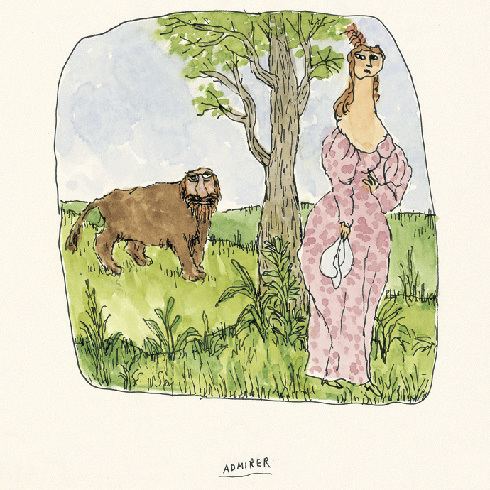
Hailed as the "King of Cartoons," Steig began drawing illustrations and cartoons for The New Yorker in 1930, producing more than 2,600 drawings and 117 covers for the magazine. Steig, later, when he was 61, began writing children's books. In 1968, he wrote his first children's book. He excelled here as well, and his third book, Sylvester and the Magic Pebble (1969), won the Caldecott Medal. He went on to write more than 30 children's books, including the Doctor DeSoto series, and he continued to write into his nineties. Among his other well-known works, the picture book Shrek! (1990) formed the basis for the DreamWorks Animation film Shrek. After the release of Shrek 2 in 2004, Steig became the 1st sole-creator of an animated movie franchise that went on to generate over $1 billion from theatrical and ancillary markets after only one sequel.

In 1984, Steig's film adaptation of Doctor DeSoto directed by Michael Sporn was nominated for the Academy Award for Best Animated Short Film.
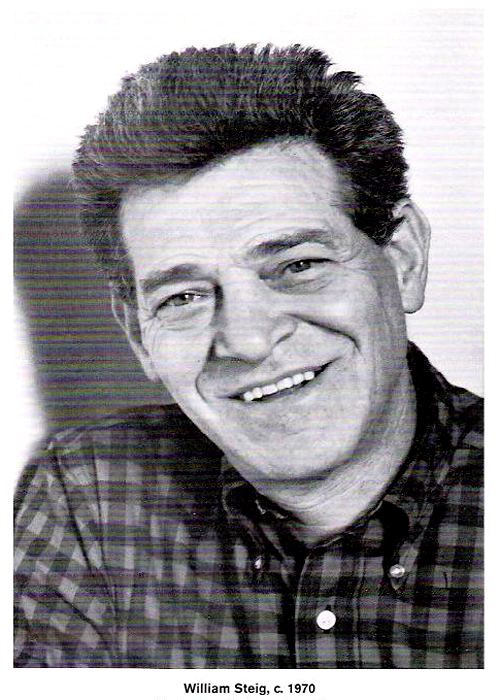
Also in 1984, Steig received the CINE Golden Eagle Award in Education. for the film adaptation of this book.
Personal life
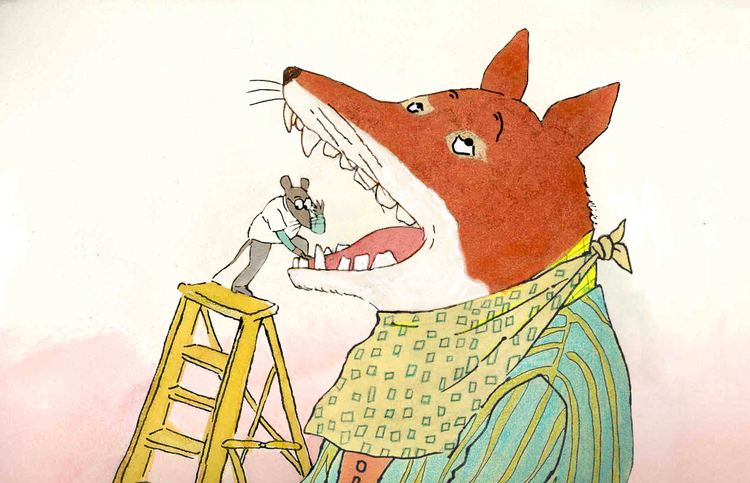
Steig married four times and had three children. From 1936 to 1949, Steig was married to educator and artist Elizabeth Mead Steig (1909–1983), sister of anthropologist Margaret Mead, from whom he was later divorced. For a time, Stieg lived at 75½ Bedford St, purported to be the narrowest house in Manhattan. Steig's first marriage also made him a brother-in-law of Leo Rosten and an uncle of Mary Catherine Bateson. Steig and Mead were the parents of jazz flutist Jeremy Steig and a daughter, Lucinda. He married second wife Kari Homestead in 1950, and they had a daughter, Margit Laura (now professionally known as Maggie Steig). After their divorce, he was married to Stephanie Healey from 1964 to 1966. His final marriage, to Jeanne Doron, endured for the rest of his life. His brother Irwin was a journalist and painter, and his brother Henry was a writer who played the saxophone and painted. His brother Arthur was a writer and poet, who, according to Steig, read The Nation in the cradle, was telepathic and "drew as well as Picasso or Matisse." Steig died of natural causes in Boston on October 3, 2003, aged 95. Shrek 2, which was released seven months after his death, was dedicated to his memory.
Works
From this time, Steig primarily created children's picture books.
